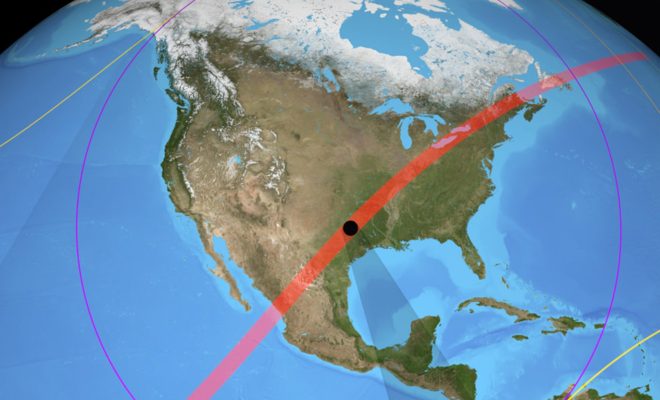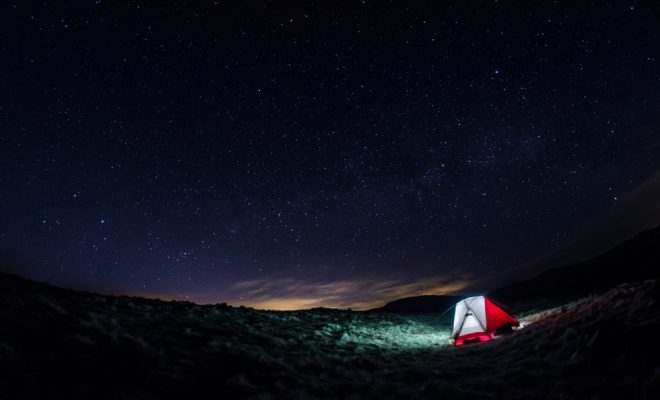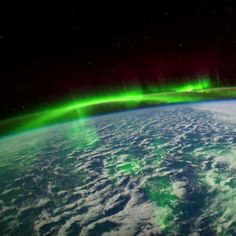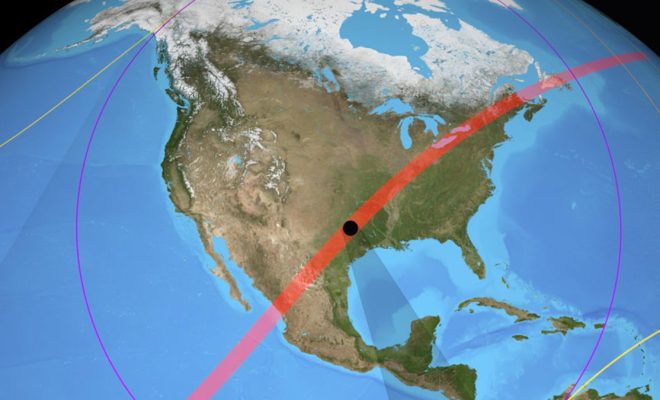April 8 Solar Eclipse: What is the Path of Totality, and Where’s the Best Spot to Watch?

The celestial ballet of the Sun, Moon, and Earth will once again captivate sky-gazers on April 8th with a spectacular solar eclipse. This phenomenon, where the Moon passes between the Earth and Sun, temporarily cloaking the latter in a haunting shadow, is not only a visual spectacle but also an opportunity for scientific observation.
Understanding the Path of Totality
The path of totality is a relatively narrow track across the Earth’s surface from which observers can witness a total solar eclipse. It is within this path that the Sun is completely obscured by the Moon. The upcoming April 8 solar eclipse promises an impressive trajectory stretching across several countries, providing an extraordinary event for those located along this special corridor.
Due to the Moon’s elliptical orbit, each solar eclipse’s path of totality has its unique characteristics. The upcoming eclipse will trace a line that begins in the Pacific Ocean and crosses into North America. It continues across several states before concluding its journey in the Atlantic Ocean.
The Best Spots to Watch
For the most dedicated eclipse chasers, planning a viewing location within the path of totality is paramount to experience the brief yet enthralling moments of total darkness during daytime. Here are some optimal locales to consider for witnessing this natural marvel:
1. Mexico – The northwest regions offer an initial viewpoint.
2. United States – States such as Texas, Oklahoma, Arkansas, Indiana, Ohio, and New York will have many areas enveloped by complete darkness.
3. Canada – Parts of Ontario will catch a glimpse of totality before the eclipse moves eastward.
Cities along these areas are gearing up for increased tourism as excitement builds up for this awe-inspiring event. Many communities are organizing viewing parties and educational events to enhance public engagement with astronomy.
Safety Precautions
While excitement may be high, it is critical to observe safety precautions when viewing a solar eclipse. Staring directly at the sun without proper eye protection can result in serious eye damage. To safely observe the phenomena, one must use ISO-certified eclipse glasses or indirect viewing methods such as pinhole projectors.
Climate permitting, those within or close to the path of totality on April 8th will get to experience one of nature’s most fascinating displays — an earthly reminder that we are merely spectators in an age-old cosmic dance.






